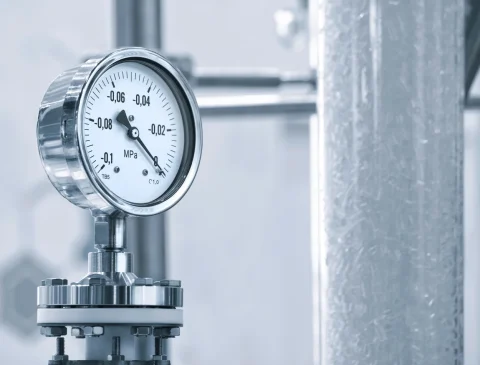Introduction
A high-pressure autoclave reactor is a powerful tool in scientific research, particularly in chemistry and materials science. It allows researchers to conduct reactions under controlled high-pressure and high-temperature conditions, making it possible to synthesize new materials, study reaction kinetics, and more. While the equipment might initially seem intimidating, this guide will tell you through the basics of using a high-pressure autoclave reactor in a laboratory setting.
What is a High-Pressure Autoclave Reactor?
An autoclave reactor is a sealed vessel that withstands high pressures and temperatures. Inside, chemical reactions that require these extreme conditions can be carried out. The reactor is made from materials like stainless steel or other alloys that can handle the stress of high pressure.
Safety First!
Safety is the top priority before using a high-pressure autoclave reactor. Here are some essential safety tips:
- Training: Ensure you are trained and understand how the autoclave operates.
- Personal Protective Equipment (PPE): Always wear appropriate PPE, such as lab coats, gloves, and safety glasses.
- Inspection: Check the autoclave for any signs of wear, damage, or malfunction before use.
- Pressure Relief Valves: Make sure that the pressure relief valves are functional. These are critical safety features that prevent over-pressurization.
Step-by-Step Guide to Using a High-Pressure Autoclave Reactor
Preparation
- Gather Materials: Collect all chemicals, solvents, and catalysts you need for your reaction. Also, have your stirrer, temperature sensors, and pressure gauges ready.
- Weigh and Measure: Accurately weigh and measure the chemicals to ensure your reaction is precise.
Loading the Reactor
- Open the Reactor: Carefully open the autoclave reactor. This usually involves unscrewing the lid or top section.
- Add Chemicals: Place the reactants inside the reactor vessel. Be cautious not to spill any materials and avoid overfilling the reactor.
- Secure the Lid: Close the reactor securely. Make sure that the lid is tightly sealed to prevent leaks during the reaction.
Setting Up the Reaction
- Attach Sensors: If your experiment requires monitoring, attach temperature and pressure sensors to the designated ports on the reactor.
- Connect the Stirrer: Connect the magnetic stirrer to the reactor if your reaction needs stirring.
- Adjust Settings: Set the desired temperature and pressure for the reaction on the control panel.
Running the Reaction
- Start the Reactor: Begin the reaction by turning on the heater and setting the pressure. Monitor the reaction closely through the display panel.
- Monitor Conditions: Regularly check the temperature and pressure. The reactor’s control system should maintain these conditions, but it’s crucial to monitor them.
Ending the Reaction
- Cool Down: Once the reaction is complete, let the reactor cool down to room temperature. This can take some time, so be patient.
- Release Pressure: Carefully release the pressure in the reactor using the pressure release valve. Do this slowly to avoid a sudden pressure drop.
- Open the Reactor: Once the pressure is released and the reactor is cool, open the lid to access the contents.
Post-Reaction Handling
- Collect the Products: Remove the products from the reactor carefully. Depending on the reaction, they might need further processing or analysis.
- Clean the Reactor: After each use, thoroughly clean the reactor to prevent contamination in future experiments.
Common Applications of High-Pressure Autoclave Reactors
High-pressure autoclave reactors are versatile tools used in various fields:
- Chemical Synthesis: This creates new compounds, especially those requiring high pressure.
- Materials Science: In the production of advanced materials like nanomaterials or polymers.
- Catalysis Research: Studying how catalysts behave under extreme conditions.
- Pharmaceuticals: Developing new drugs that require specific reaction environments.
Conclusion
Using a high-pressure autoclave reactor in the lab can open up new possibilities for your research. While the equipment might seem complex, following these steps will help you operate it safely and effectively. Always prioritize safety, carefully monitor your reactions, and maintain your equipment for the best results.
To purchase this product, please follow the links below.
1- Techinstro
2- Shilpent








